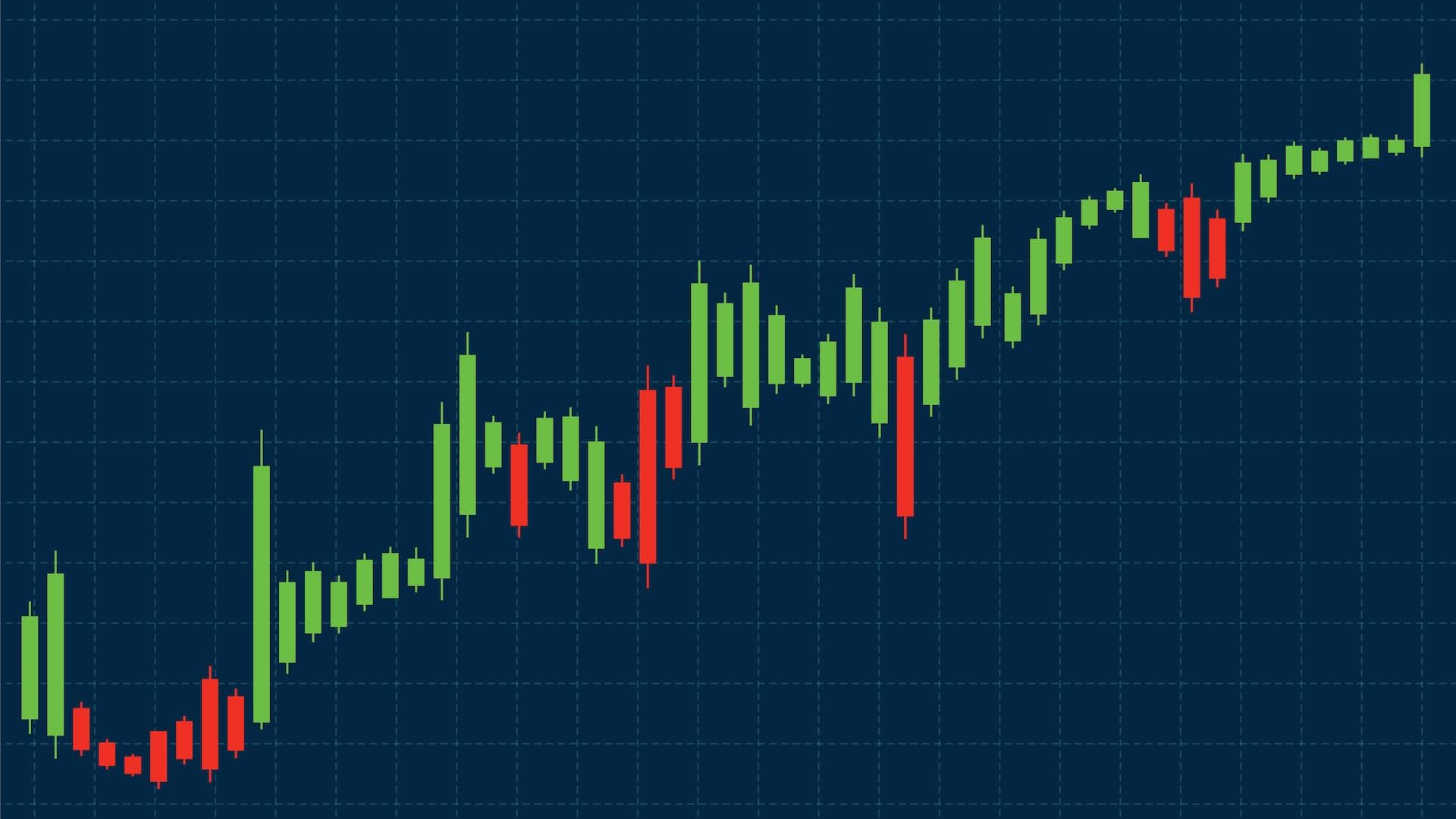Every trader faces market risk. Markets shift with news, economic data, and unexpected events. Even the best analysis cannot protect against every negative event. That is why many traders and investors use hedging strategies. At its core, hedging involves taking an opposite position in the financial markets to offset losses in case of adverse market movements.
Think of hedging as an insurance policy for your entire portfolio. It does not eliminate investment risk, but it helps reduce risk, protect an initial investment, and keep your capital safe when market conditions become unpredictable. Hedging requires the use of financial instruments such as options contracts, futures contracts, or derivative contracts linked to an underlying asset like a stock, commodity, or currency pair.
This article explains the basics of hedging for intermediate traders, covering the common hedging strategies, tools used, and practical steps to manage real-world positions. If you are trading on 24Markets.com, you can apply these techniques with access to multiple asset classes, including forex, equities, indices, and commodities, all available from a single platform.
Understanding Hedging
What is hedging?
Hedging is the act of entering into a hedging instrument that moves in the opposite direction of your underlying position. For example, if you hold a long position in xyz stock and worry about a stock's decline, you might buy a put option with a strike price slightly below the current market price. This option gives you the right, but not the obligation, to sell the underlying stock at the set price. If the stock falls to a lower price, the put will offset losses from your initial investment.













